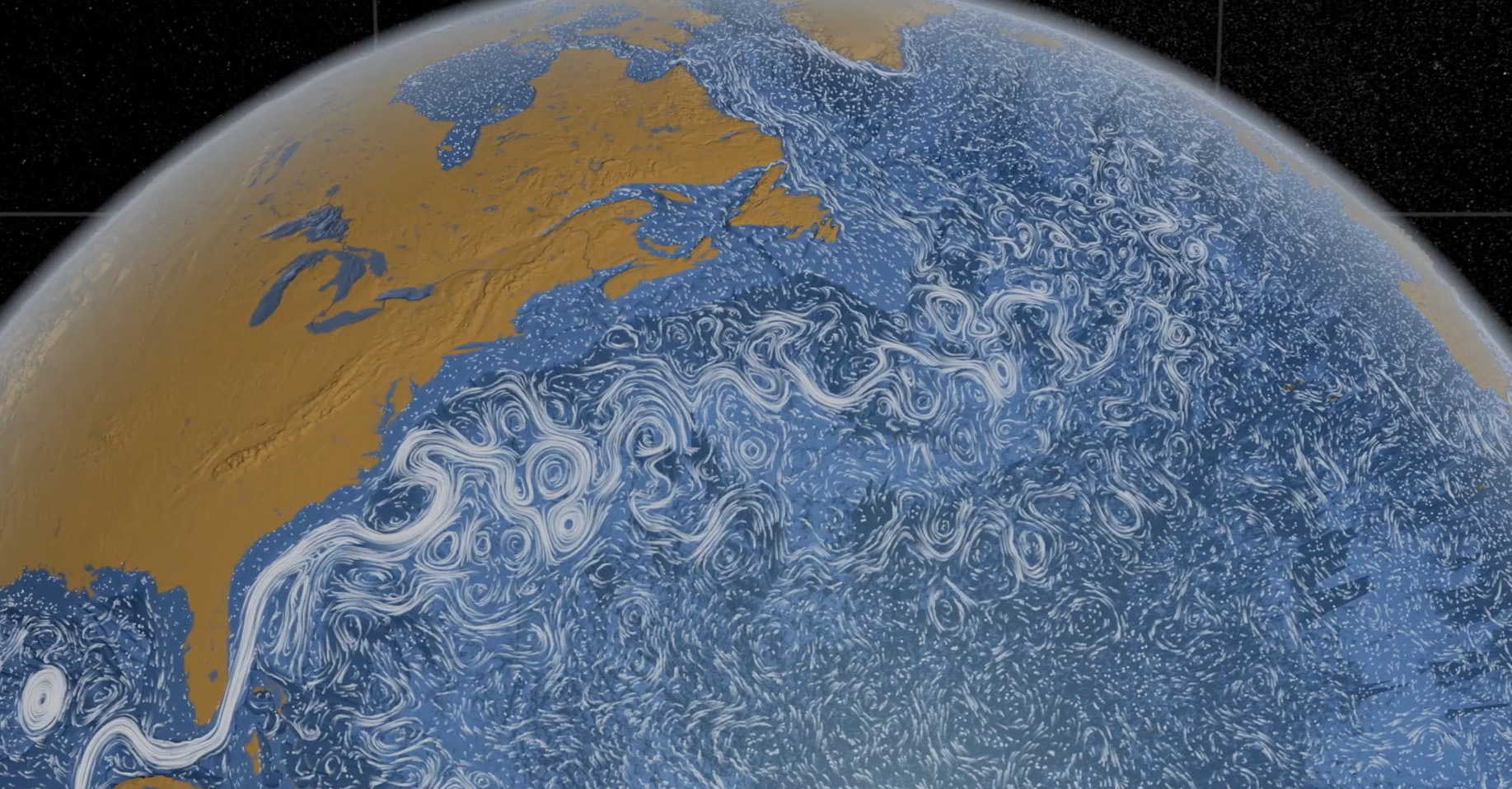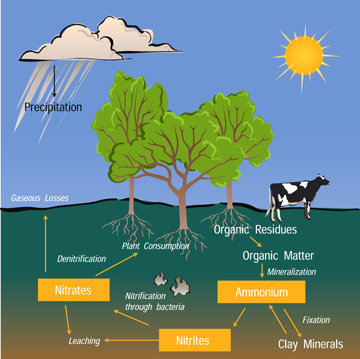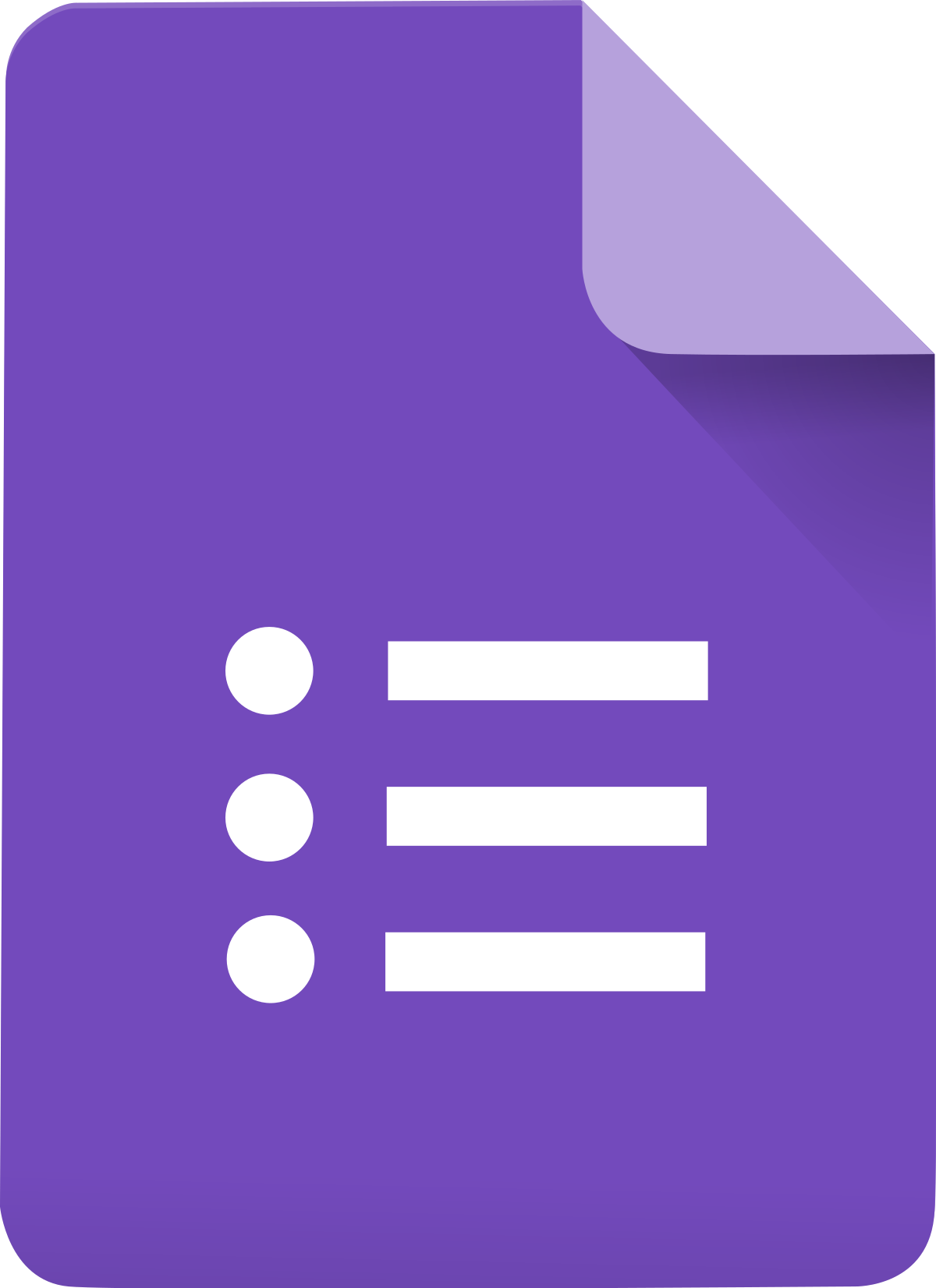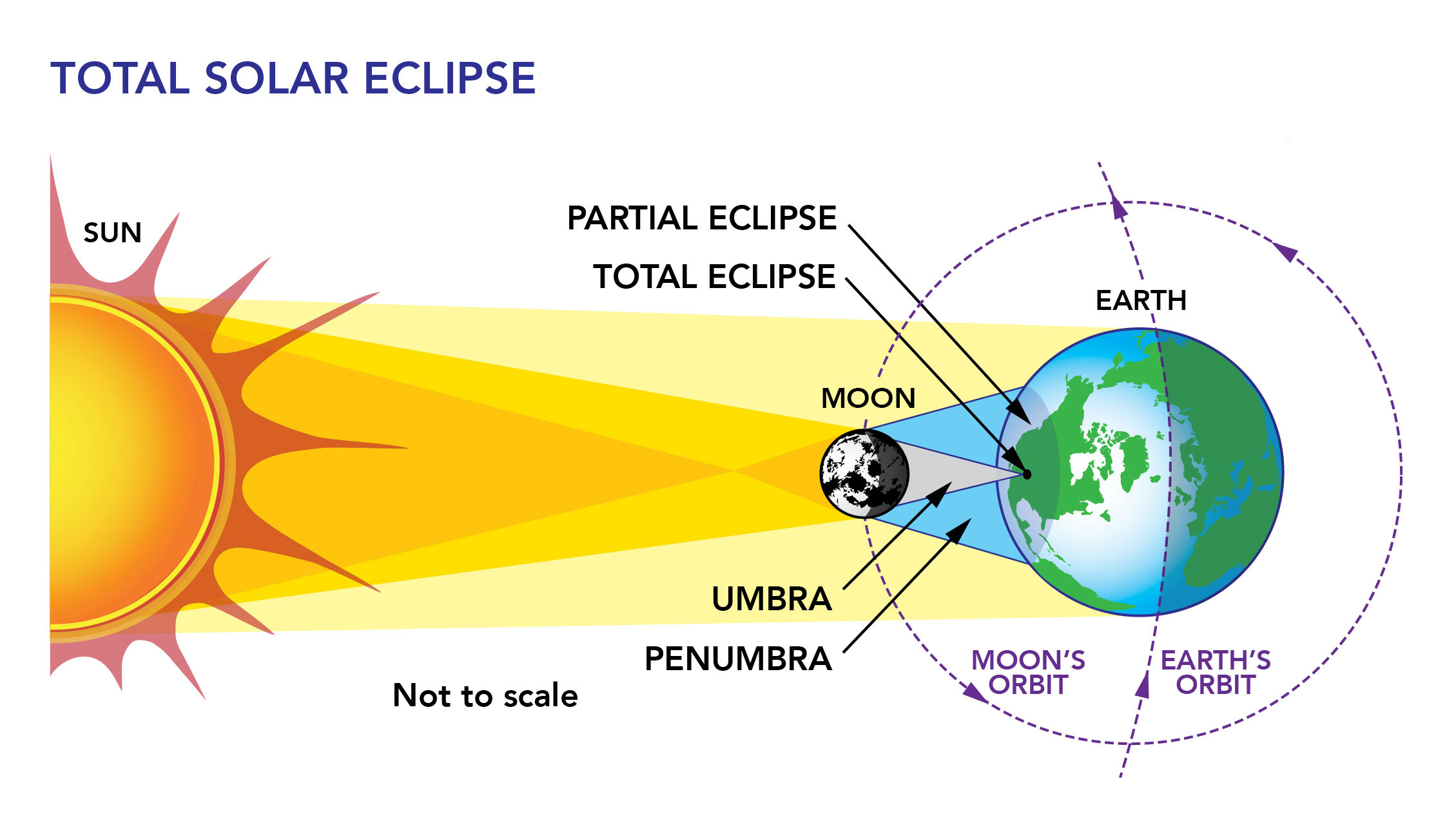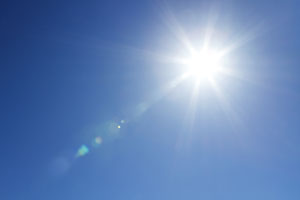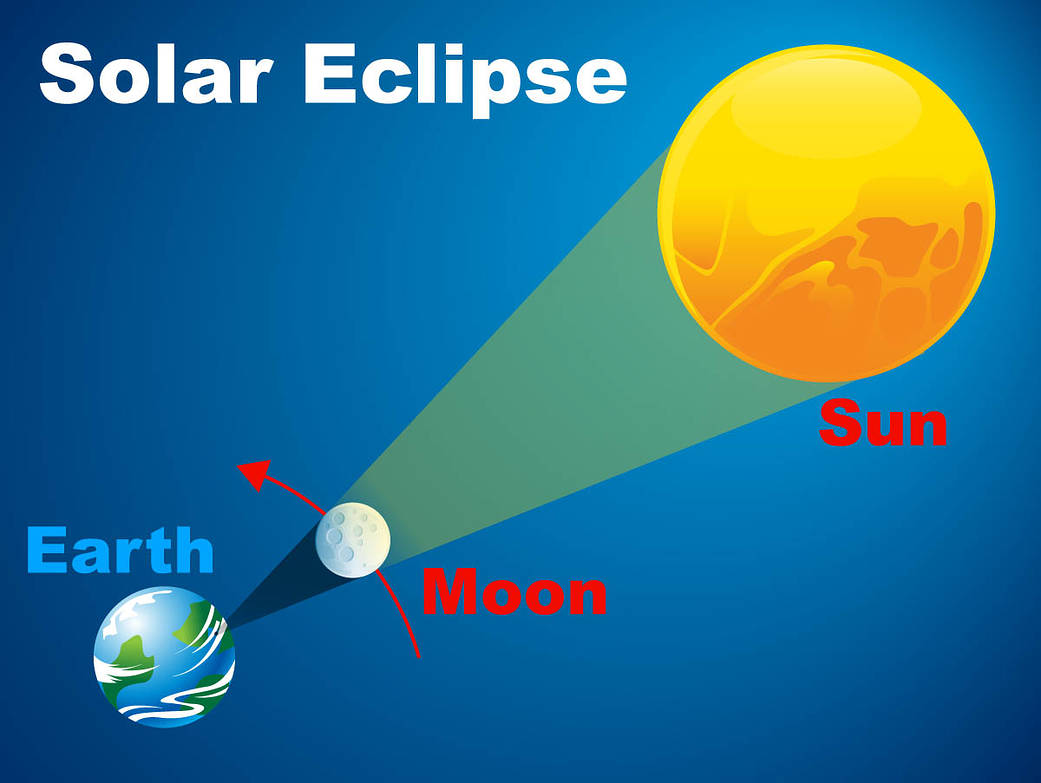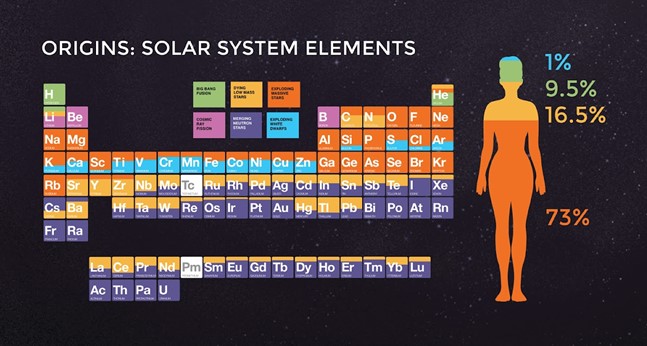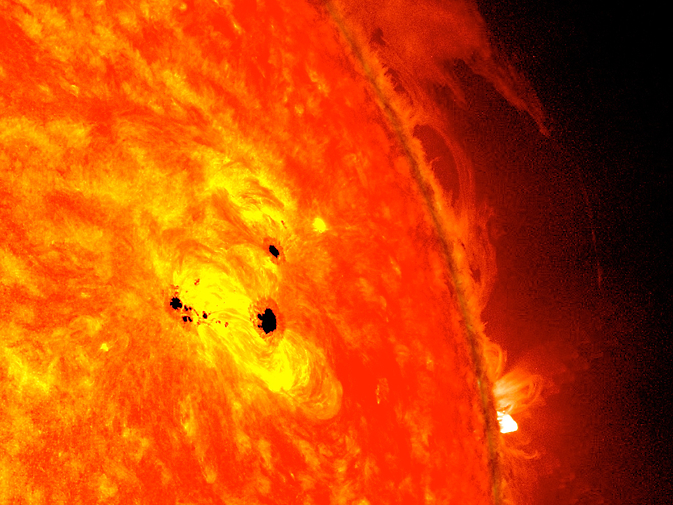Using various visualizations (i.e., images, charts, and graphs), students will explore changes in sea ice extent as it relates to other spheres within the Earth System. This StoryMap is intended to be used with students who have access to the internet in a 1:1 or 1:2 setting.
List of all Earth as a System Interactives




This StoryMap lesson plan allows students to explore ocean circulation patterns as they relate to the world's ocean garbage patches using NASA ocean currents data.
Students will explore the Nitrogen Cycle by modeling the movement of a nitrogen atom as it passes through the cycle. Students will stop in the different reservoirs along the way, answering questions about the processes that brought them to the different reservoirs.
In this StoryMap students will learn about the different components of the Earth's Energy Budget, where in the Earth System energy is being absorbed and reflected, and how features of the Earth such as clouds, aerosols, and greenhouse gases, can cause variations in the flow of energy into and out
In this activity students will make observations about the objects, size, distance, and motion of the Sun, Earth, and Moon during a solar eclipse and manipulate slides to show the relationships.
In this StoryMap lesson students will learn how living with a star can teach us about our universe.
In this interactive, students will identify the forms of energy we receive, analyze patterns in the amount of incoming solar radiation over time, and explain why some locations on Earth have greater variability in the amount of incoming solar radiation throughout a year.
In this activity students will calculate the ratio of the size of the sun to the moon and the distance of the sun and moon from Earth to determine the type of solar eclipse possible.
This interactive guides students through exploring how stars create the elements that make up the universe and life itself. Students will be able to identify the key elements in their bodies that were created from exploding stars.
In this interactive, students will learn the basics of space weather by engaging in a short interactive which introduces key terms: space weather, sunspot, solar flare, coronal mass ejection, and solar wind. Students will be able to identify the causes and hazards of space weather.










